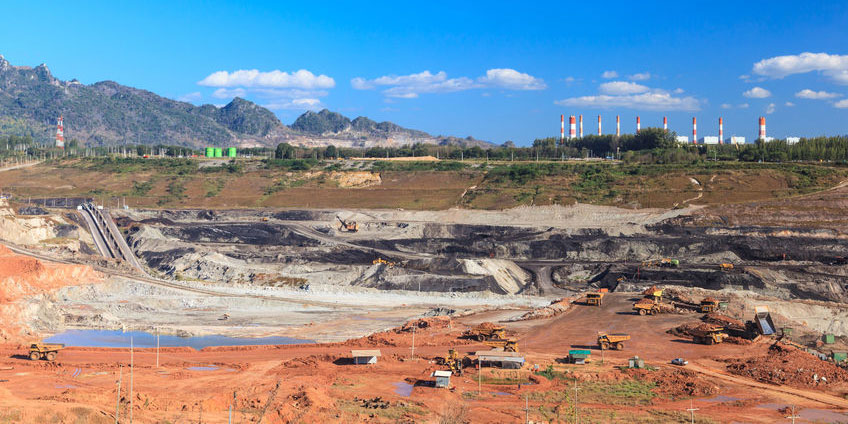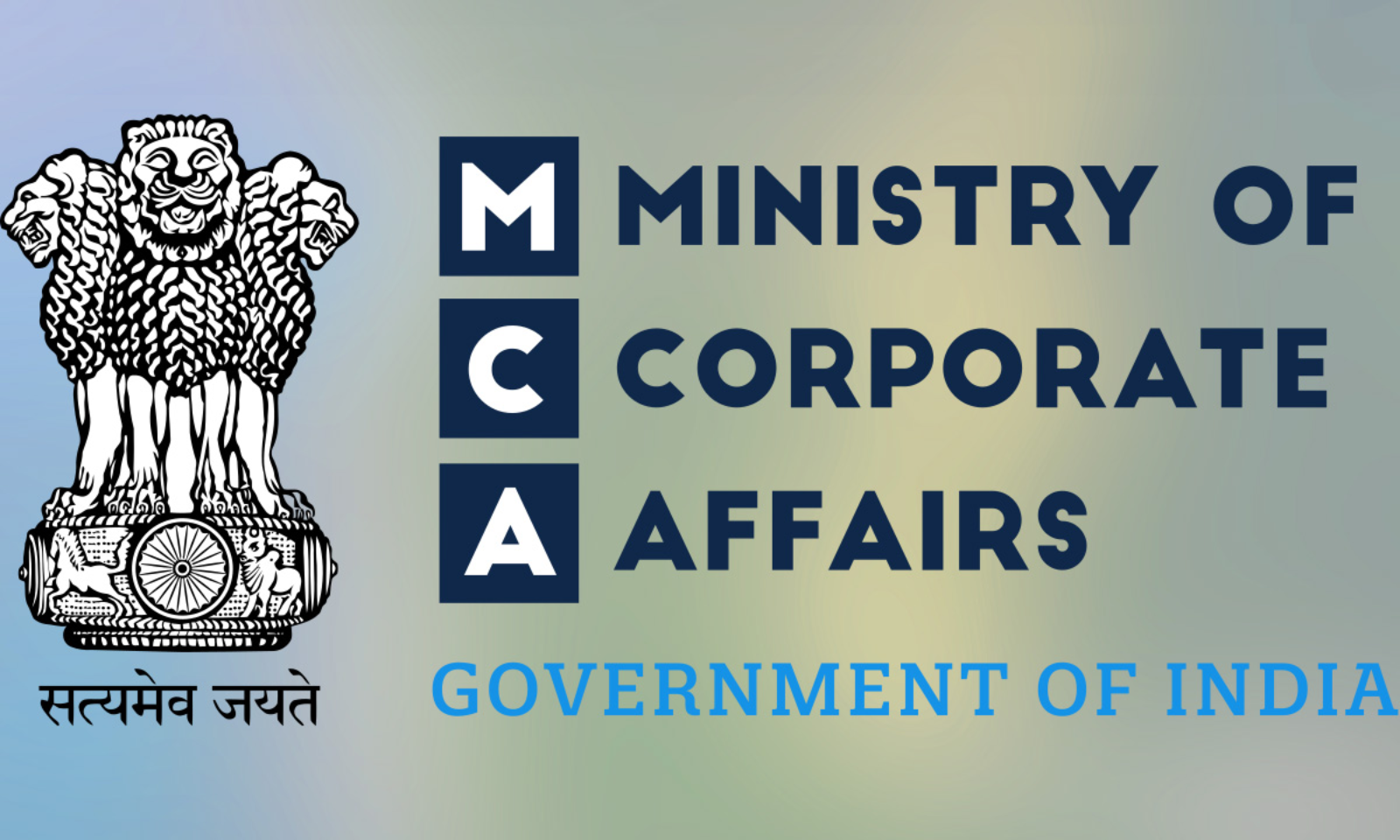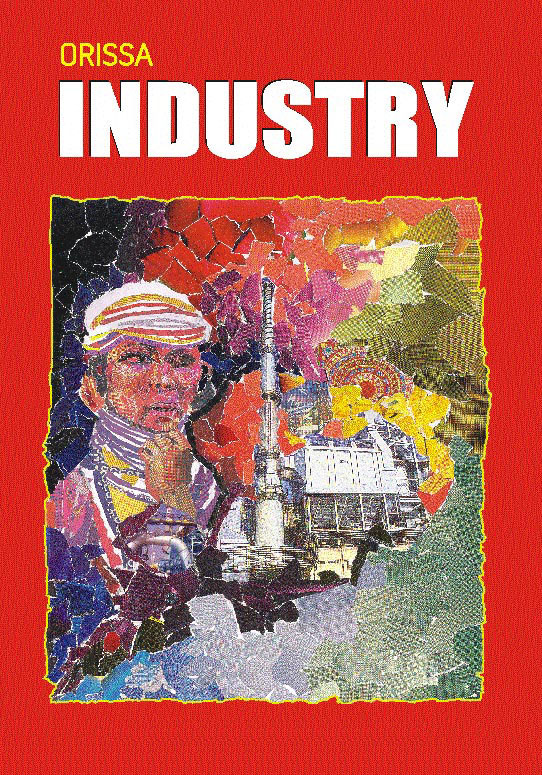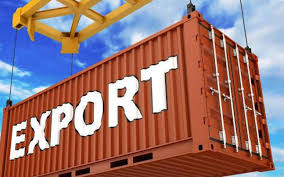Recently, it was reported that, the Government of Odisha is planning to set up a ‘Steel Directorate’ to expedite in resolving bottlenecks for development of mining of iron ores, their beneficiation, agglomeration, production of sponge iron and steel etc. The State Government has already got a number of organizations like Directorate of Mines, Industrial Development Corporation (IDC), Orissa Mining Corporation (OMC), Orissa Manganese and Minerals Limited (OMML) etc., since along to deal with such problems. For example, though IDC, Odisha, has got at present only two production units but, it has enough infrastructural facilities and expertise to carry out industrial developmental programmes related to iron and steel and Ferro alloys production. The real problem for the mineral based industries in Odisha is the want of scientific planning of the projects and their proper execution keeping in view the different relevant aspects like availability of raw materials, energy, water, skilled and semi-skilled manpower, updated technology, finance etc.
Odisha has got 27% coal and 26% iron ores, out of the total deposits of the respective minerals in India. Though the iron ores are mostly high grade but most of the coal being non coking in nature, cannot be used in the Blast Furnace (BF) for making iron. However, in another respect, it is a golden opportunity for Odisha as it is possible to produce large quantities of iron as ‘sponge iron’ by utilizing these non coking coal and abundantly available iron ore. Therefore, during the last 30 years, a large number of sponge iron plants have come up in the state. But, the paradox is that, due to want of raw materials (both high grade iron ore and non coking coal), most of these sponge iron plants have been closed down or are operating with very low capacity.
Besides high grade iron ore and non coking coal, Odisha has got 65% bauxite, 31.7% manganese ore, 98.3% chromite, 95.1% nickel and cobalt ore mostly in the overburden and nearby areas of chromites mines, 14.1% of ilmenite and 43.4% of graphite out of the total deposits of the respective minerals in India. Inspite of all these resources, the state has got only a few ferro alloy industries in the areas of Ferro chrome, Ferro manganese and Ferro silicon and even these industries are also facing problems of getting right type of raw materials. Further, inspite of the fact that, there is a great scope for production of other high valued ferro alloys like ferro – nickel, ferro-titanium, ferro-vanadium etc., in the state there is not a single one of these industries.
As the high grade iron and manganese ores, chromite and non coking coal are getting exhausted at a very fast rate, it is necessary for the state to plan and set up more facilities for beneficiation of low grade iron and manganese ores, chromite etc., and coal washing plants utilizing most modern technology to produce the concentrates of the respective minerals. The beneficiation and agglomeration units (mostly pelletization and briquetting) should be set up as far as possible at the mine sites of the concerned minerals with arrangements for utilizing the water in the mine pits obtained through harvesting the rain water. Such arrangement for using the harvested rain water is to avoid difficulties for getting required amount of water from rivers. In all cases, the beneficiation tailings and washery slimes should also be further processed at the site for recovering the remaining mineral values, as far as possible. The final beneficiation wastes can be disposed along with the mining wastes (over burden) for back filling the mines and constructing the mine roads to avoid environmental pollution and to facilitate afforestation of the back filled mine areas.
India has got very small reserves of good grade non ferrous minerals. In order to meet the increasing demand of the non-ferrous metals, there is also a great scope in Odisha to set up plants to recover non ferrous metals from different wastes including metal scraps, metal finishing rejects, electronic wastes, medical wastes, spent petroleum catalyst, battery wastes etc.
Another important reason for the slow progress in development of iron, and steel as well as other mineral based industries is the want of proper co-ordination amongst various departments of the State Government dealing with land, forest, water, energy, finance and environment. Long back when I was a member of the Planning Board of Odisha, I suggested a “Package Deal” system for faster industrialization where permission for all the required raw materials and necessary facilities were to be given at a time for a particular project to expedite and motivate the concerned companies to take up the projects. In this way, the execution of the projects could take place at a much faster rate without much escalation of the project cost.
Government of Odisha should select best available and appropriate technology for the projects. I may also mentioned here that, the Regional Research Laboratory, CSIR at Bhubaneswar, (presently known as Institute of Minerals and Materials Technology), is highly equipped with skilled scientists, engineers and equipments with pilot plant facilities. The State Government should take advantage of these facilities in developing technology and implementing the established technology through pilot plant studies and also avail consultancy facilities in setting up various mineral beneficiations, agglomeration, metal and alloy production units particularly in the area of iron and steel.
In this connection, it may be mentioned here that, in the past I and my colleagues in RRL, Bhubaneswar, solved a number of technical problems for companies including OMC and IDC. For example, the problem of utilizing chromite ore fines in place of lumpy ores (because of its limited reserves) through beneficiation and briquetting was solved for production of ferro-chrome in the ferro chrome plant at Jajpur Keonjhar road and the process was commercialized. Similarly, to meet the iron ore requirements of Barbil Iron Production Plant of IDC, a pan sintering process for sintering of cheap iron ore fines was developed and used for iron production in the plant. For OMC an ‘Integrated Development of Mines’ project was demonstrated at Kaliapani Chromite mine, Sukinda, to increase the production of chromite, beneficiation of low grade chromite, plantation on over burdens, mine wastes utilization, mine water treatment etc.
In addition to these, the Government should strictly implement the programmes under Corporate Social Responsibility (CSR) for maintaining the environment of the region and providing better living to the local people in the mining and industrial areas.
Thus, the Odisha Government should best utilize mineral resources, the expertise and facilities available in the state for development of various mineral based industries.
The above mentioned suggestions are for making ‘Mineral Rich Odisha”, the number one ‘Mineral – Industry – State’ of India.
 Indian Industry Plus A Pratisrutiplus Suppliment
Indian Industry Plus A Pratisrutiplus Suppliment

















